sandisku disk tool
Android is a very good system. It is even cooler if you install it on a USB flash drive and carry it with you. It is plug and play.
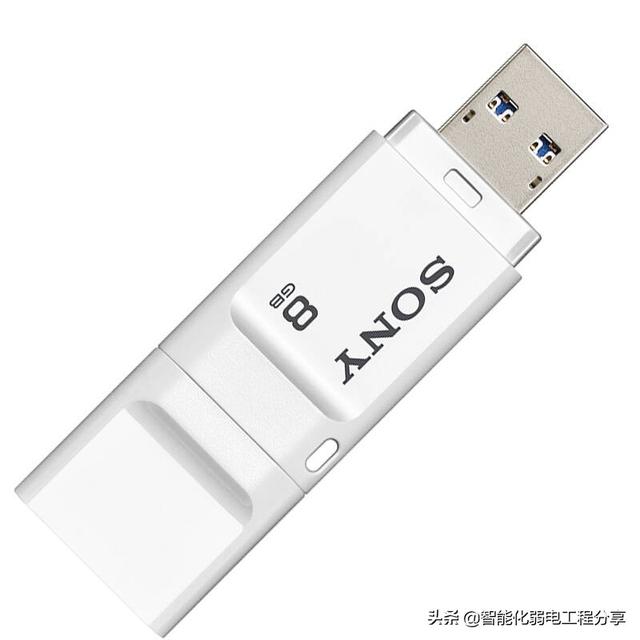
Required tools: Free installation program: Phoenix Android System
 Write a program to enter the U disk:
Write a program to enter the U disk: First of all, in order to write the Android system to the U disk, we need to prepare a high-speed U disk, preferably with a capacity of more than 16GB. Although an 8GB USB flash drive can barely be used, it may suffer from lags or insufficient space.
After opening the .exe file of Phoenix Android system, three options will be displayed: "Install to hard disk" can install the Android system to the computer hard disk to realize the independent operation of Windows and Android dual systems. In this way, we can use two systems on the computer at the same time.

We are making a U disk version here, click "Make U disk version".
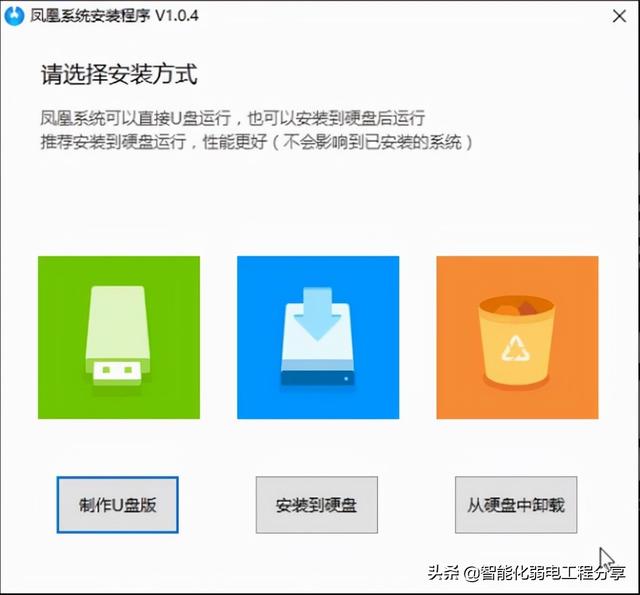
Next, we select the U disk and click "Write". At this time, the Android system begins to write data to the USB flash drive, and it only takes about 10 minutes to complete.
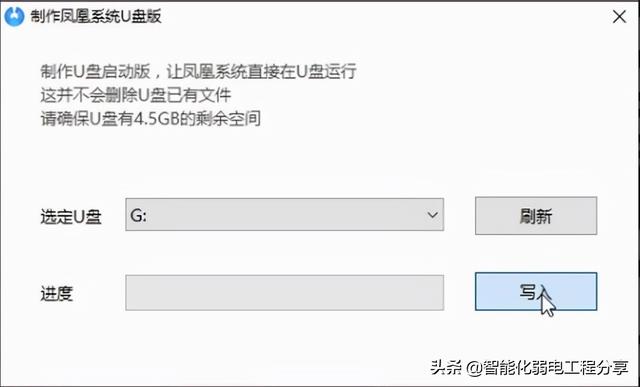
Restart the settings. After the writing is completed, we need to restart the computer and enter the U disk to boot and set up. How to boot from USB disk?
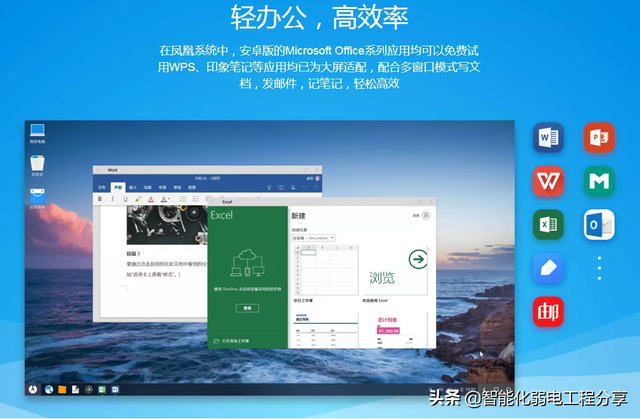
We restart the computer and hold down "F12" on the keyboard from the black screen to enter the BIOS settings (some computer keys are different, you can check the table below for details).
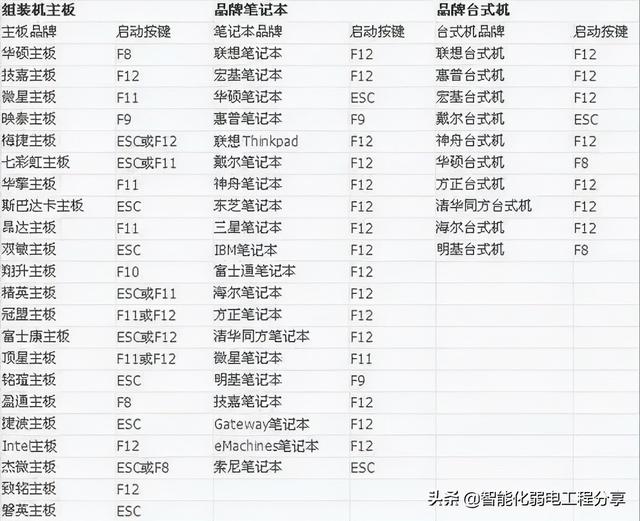
After entering the BIOS system, we can see an interface similar to the one below (different computers have slight differences). We need to select the UEFI U disk to boot and click Enter.
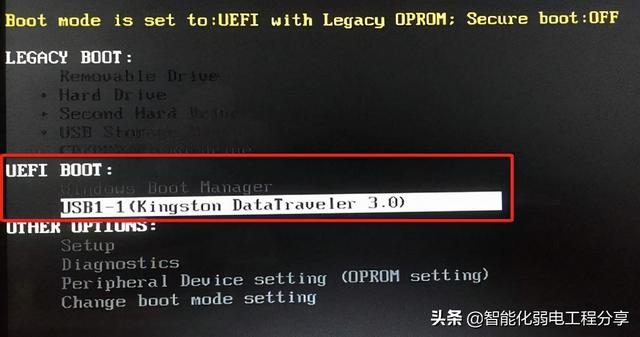
At this time, the waiting interface for Android system initialization will appear, as follows.
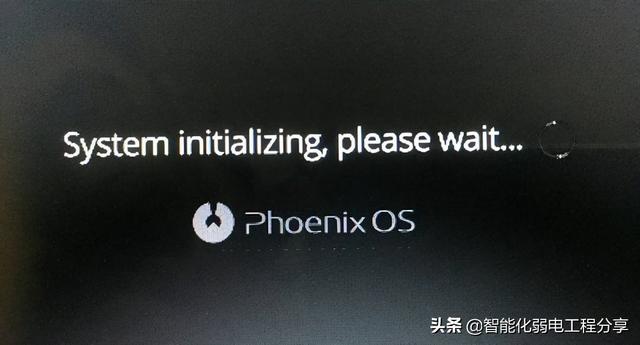 Enter the system
Enter the systemAfter the system initialization is completed, we can enter the settings of the Phoenix Android system. Does it feel familiar? The operations are very similar to the Android system.
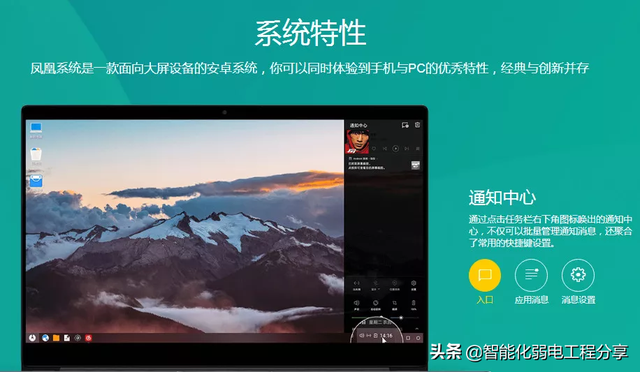
Select the language, connect to Wi-Fi, set the name, etc., and then you can officially enter the Android system.
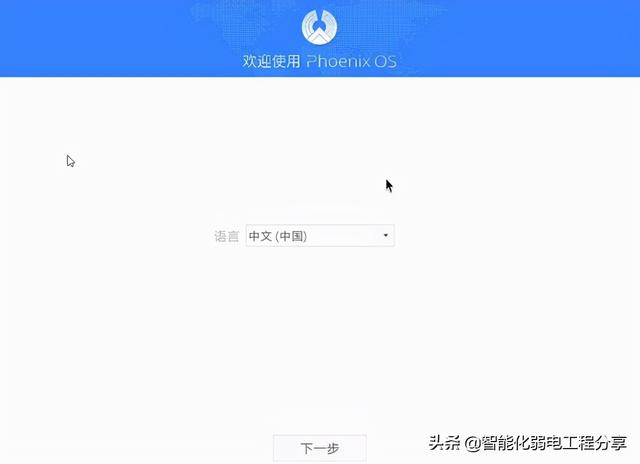
This Android system looks a lot like Windows. The operations are very familiar to us, and there are no barriers to use.
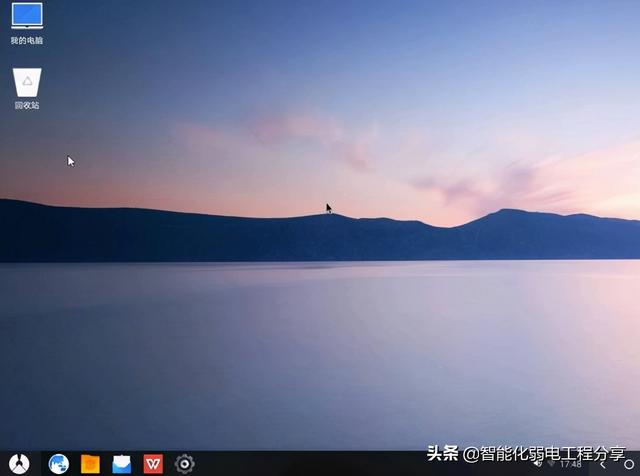
There is also a start menu that is very similar to Windows, and the installed applications are clear at a glance.
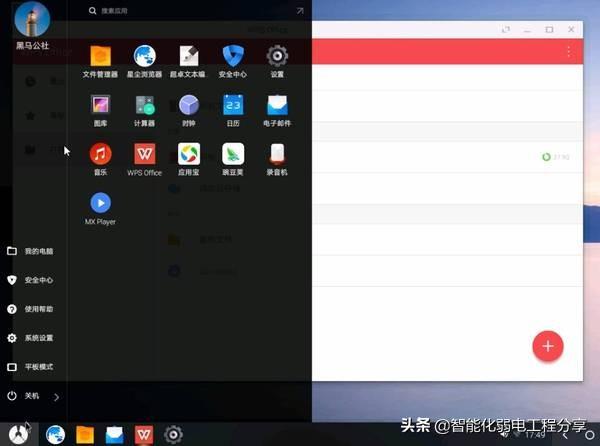
Due to the real background characteristics of Android itself, we can easily open multiple applications at the same time. In the picture below, we have opened three applications: WPS, Wandoujia, and QQ at the same time. QQ Or the one we just installed.
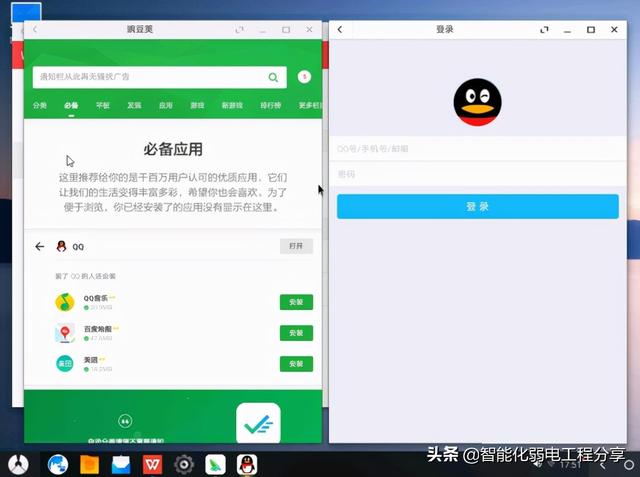
Finally, remember to shut down the computer before pulling out the USB flash drive, and you’re done.
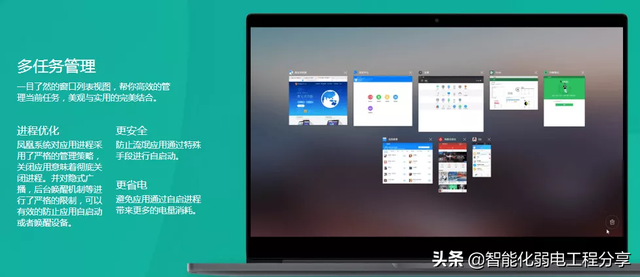
The Phoenix system is divided into two versions according to the CPU architecture: tablet version (ARM version) and personal computer version (X86 version)
Tablet version (ARM version) is currently supported For the following tablets, the official has thoughtfully provided a flashing tutorial for your reference.
(http://www.phoenixos.com/download_arm)

The personal computer version (X86 version) can be installed on the hard disk on Windows, Linux, Mac and other system platforms or U disk installation (after installation, it is independent of the original system and does not affect it). The tools are relatively simple and can basically be done with one click. The official is also very considerate and has prepared installation tutorials for the corresponding platforms.
(http://www.phoenixos.com/help/installation)
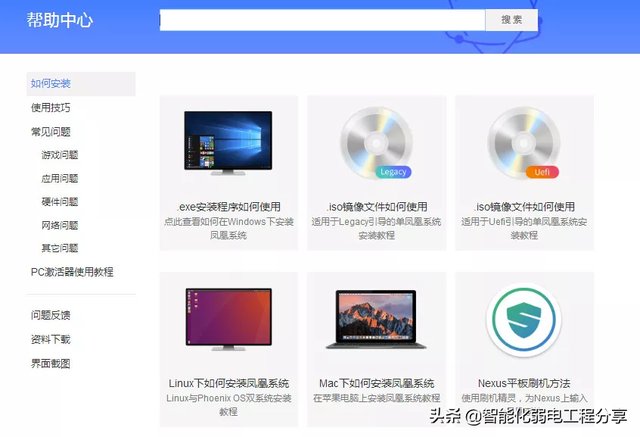
Latest Phoenix system ISO file
(Official download address: http:// www.phoenixos.com/download_x86)
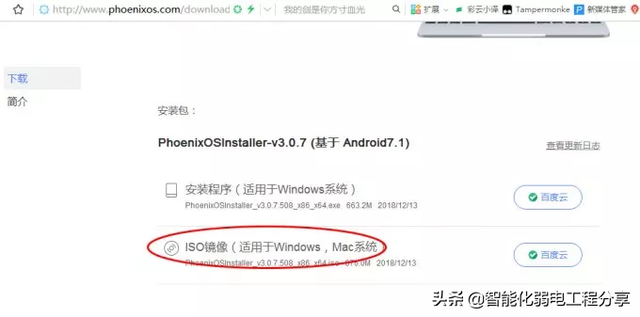
Production tool: AIO Boot
(Official download address: https://www.aioboot.com/en/download/)
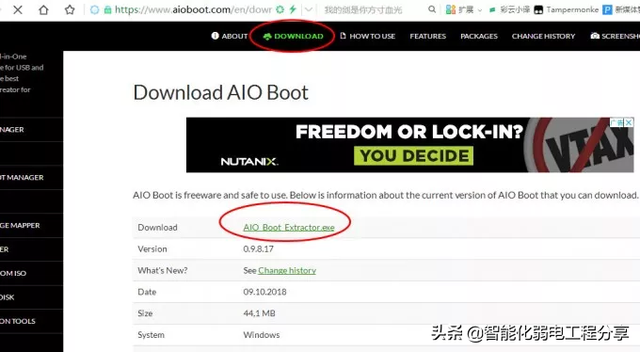
AIO Boot is a free self-starting U disk production software, you can use it to The function of making a self-starting USB disk with multiple systems is extremely powerful. It supports Windows system, Linux system, winpe, Android-x86 system or anti-virus software CD.
3. A blank U disk with a capacity of at least 8G, preferably supporting USB3.0, so that the reading and writing speed is fast and the system runs smoothly.
Start making
1. First plug the USB flash drive into the computer, and then run AIO Boot Extractor. Just click OK after setting as shown below. The program will automatically format the USB flash drive to Fat32, then install the startup file and wait for 2-3 minutes.
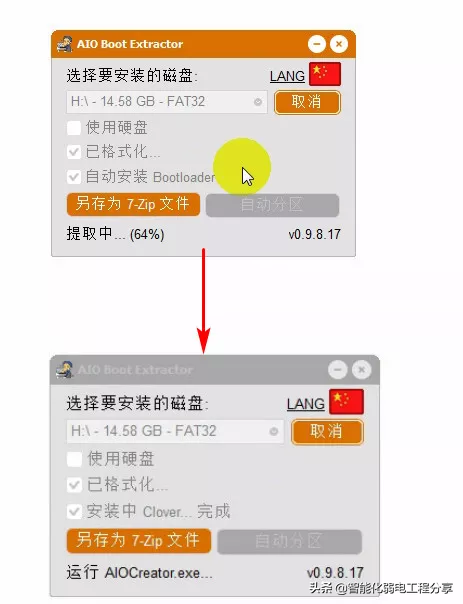
After the installation is completed, the AIO Boot Creator program will automatically start, as shown below, where you can see some basic information about the current U disk
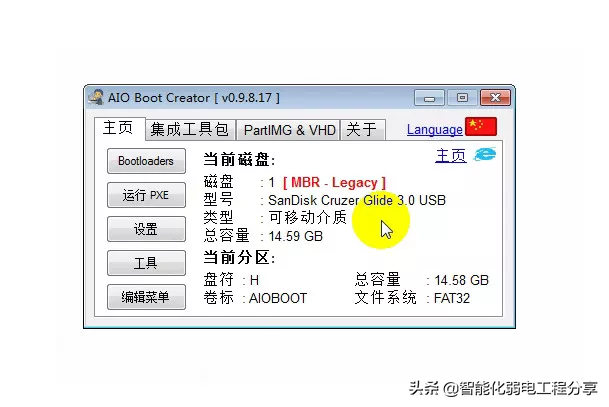
3. Select the second option above Click the tab "Integrated Toolkit", select the corresponding Android - Phoenix OS, then select the prepared Phoenix system ISO file, and click OK.
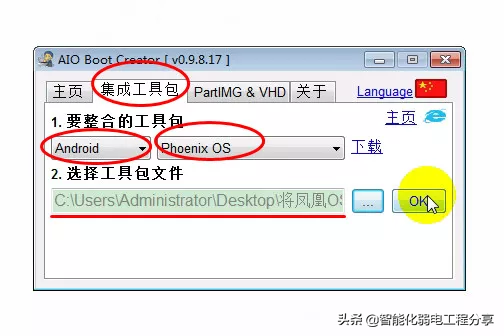
4. At this time, the following dialog box will pop up, asking you for the size of the file you want to create. This file can simply be thought of as the storage space of the Phoenix system in the USB flash drive, which is generally determined based on the size of your USB flash drive and personal use. What I chose here is the largest 4GB (Fat32 format only supports a single file of up to 4GB. Of course, you can customize a larger space. This requires another method, which I will introduce again when I have the opportunity)

Then enter the menu name. This is the name of the Phoenix system after booting from the USB disk. Generally, the default is fine. Click OK
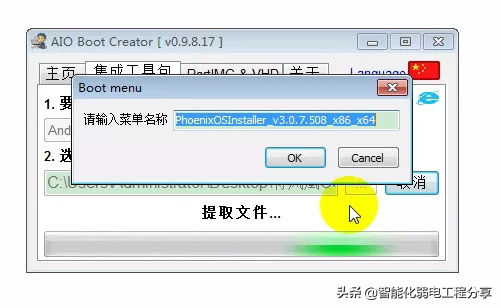
and then wait quietly. First, extract it from the ISO. file, and then generate the data.img file (the storage space file mentioned above), which may take about 10 minutes.
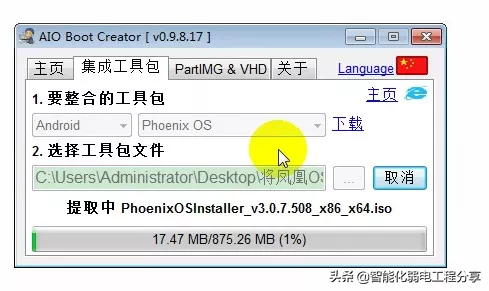
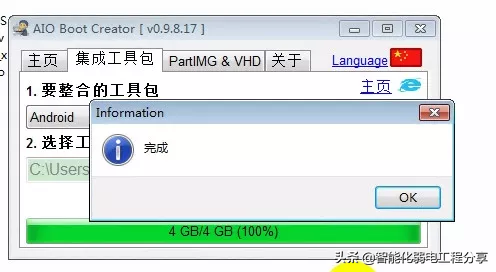
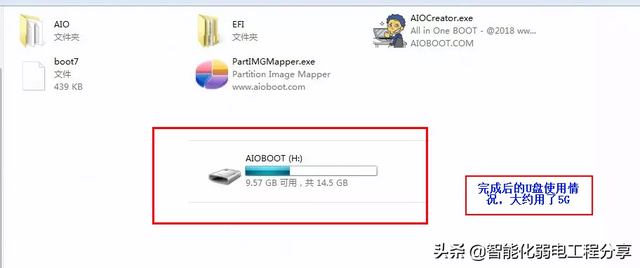
Start the system
1. There is no need to remove the U disk, restart the computer, directly enter the startup item, and select the U disk to boot. (Some computers may need to enter the BIOS to set up a USB drive to boot). Different computer keys may be different, and they can all be found online. For my Asus notebook, F2 enters the BIOS and ESC enters the startup items; for the Lenovo notebook, Fn F2 enters the BIOS and Fn F12 enters the startup items; for Lenovo desktop computers, DEL enters the BIOS and ESC enters the startup items. You can refer to this.
As shown below, for the boot item, select the sandisk U disk option (both are acceptable)
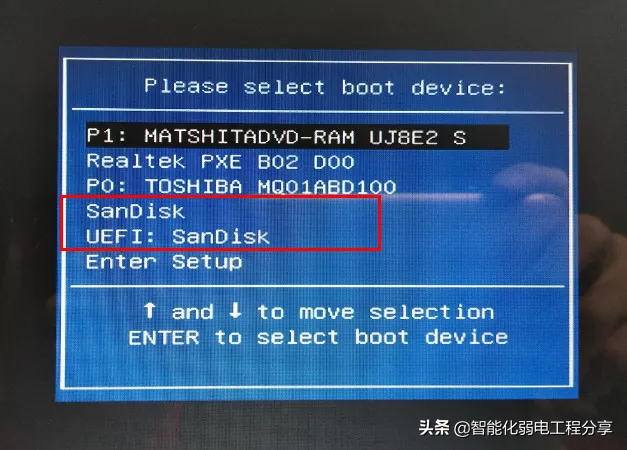
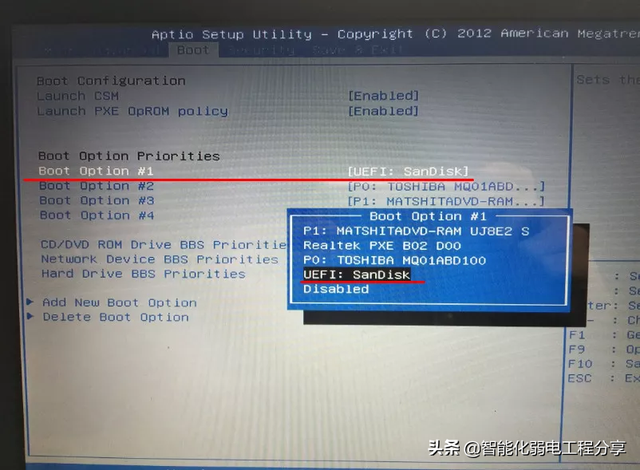
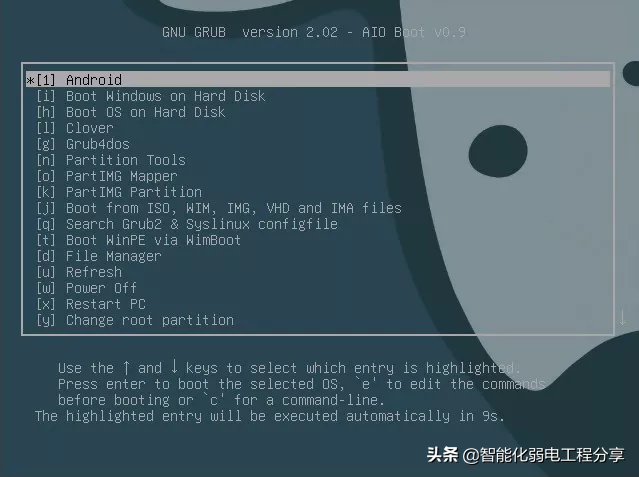
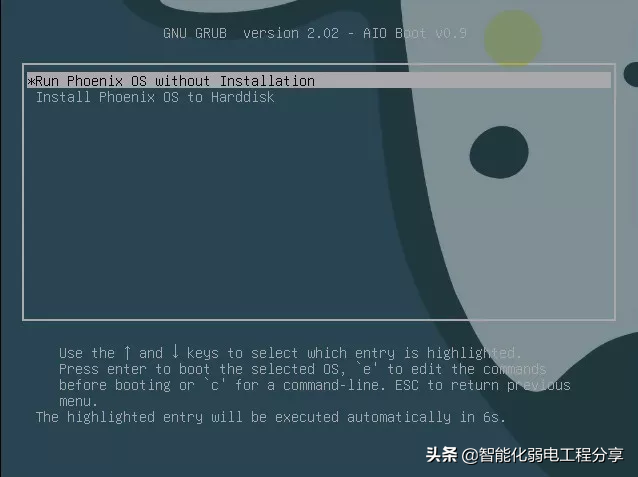
Start entering the Phoenix system and initialize it It will take a few minutes.
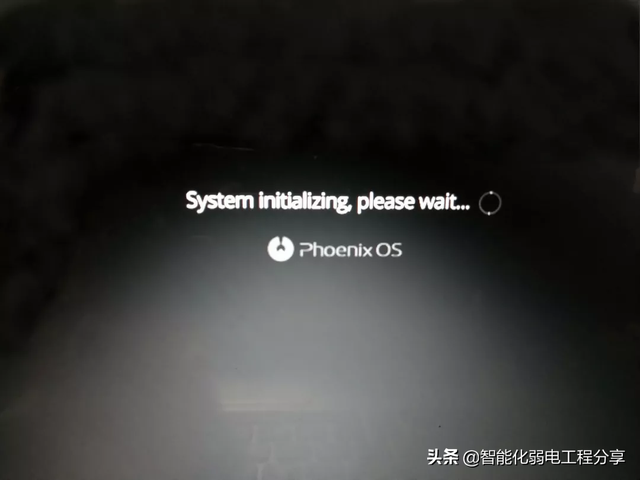
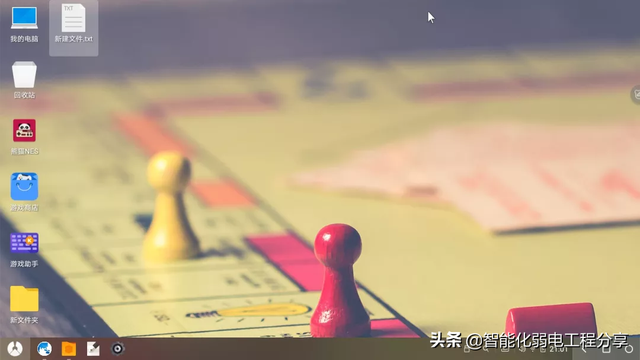
Selfless dedication, please remember to follow, forward and collect, we will see you in the next issue!

The above is the detailed content of sandisku disk tool. For more information, please follow other related articles on the PHP Chinese website!

Hot AI Tools

Undresser.AI Undress
AI-powered app for creating realistic nude photos

AI Clothes Remover
Online AI tool for removing clothes from photos.

Undress AI Tool
Undress images for free

Clothoff.io
AI clothes remover

AI Hentai Generator
Generate AI Hentai for free.

Hot Article

Hot Tools

Notepad++7.3.1
Easy-to-use and free code editor

SublimeText3 Chinese version
Chinese version, very easy to use

Zend Studio 13.0.1
Powerful PHP integrated development environment

Dreamweaver CS6
Visual web development tools

SublimeText3 Mac version
God-level code editing software (SublimeText3)

Hot Topics
 1376
1376
 52
52
 How to install WinNTSetup into Win11 system_How to install WinNTSetup into Win11 system
May 08, 2024 am 11:19 AM
How to install WinNTSetup into Win11 system_How to install WinNTSetup into Win11 system
May 08, 2024 am 11:19 AM
First download the latest Win11 system ISO image, and then in Win10 system, you can directly right-click on the downloaded ISO image file and select [Load]; if it is under WinPE, WinXP, or Win7 system, you need to use the virtual optical drive tool to load the ISO Image; or you can directly decompress the ISO image file without using a virtual optical drive. Then run WinNTSetup. The software interface is as shown in the figure: First locate the location of the install.wim file. You can find the install.wim file in the sources directory of the Win11 ISO image loaded or decompressed by the virtual optical drive. Then set the location of the boot disk and installation disk. Generally, you are going to put W
 How to enter bios on hp motherboard
May 04, 2024 pm 09:01 PM
How to enter bios on hp motherboard
May 04, 2024 pm 09:01 PM
How to set up the U disk boot in the HP notebook bios (how to enter the HP computer bios) and then insert the U disk to be booted first into the USB port of the notebook. If you want to install the system, the system program must have been prepared in the U disk. First, open the laptop. Make sure the laptop is turned off. Setting the bios must be done with the computer turned off. Then insert the U disk that you want to boot first into the USB port of the notebook. If you want to install the system, the prerequisite is that the system program has been prepared in the U disk. Take the HP ProDesk400G5SFF desktop computer as an example. Set the BIOS disk startup method: First, restart the computer and wait for the startup screen to appear. There are two ways to set up USB disk startup on HP notebooks. One is to directly press the shortcut key to select
 How to install Windows system on tablet computer
May 03, 2024 pm 01:04 PM
How to install Windows system on tablet computer
May 03, 2024 pm 01:04 PM
How to flash the Windows system on BBK tablet? The first way is to install the system on the hard disk. As long as the computer system does not crash, you can enter the system and download things, you can use the computer hard drive to install the system. The method is as follows: Depending on your computer configuration, you can install the WIN7 operating system. We choose to download Xiaobai's one-click reinstallation system in vivopad to install it. First, select the system version suitable for your computer, and click "Install this system" to next step. Then we wait patiently for the installation resources to be downloaded, and then wait for the environment to be deployed and restarted. The steps to install win11 on vivopad are: first use the software to check whether win11 can be installed. After passing the system detection, enter the system settings. Select the Update & Security option there. Click
 How to enter bios after assembling a computer? How to enter bios when assembling a computer?
May 07, 2024 am 09:13 AM
How to enter bios after assembling a computer? How to enter bios when assembling a computer?
May 07, 2024 am 09:13 AM
How to enter bios after assembling a computer? Before entering the BIOS, you need to make sure that the computer is completely shut down and powered off. Here are several common ways to enter the BIOS: 1. Use shortcut keys: Most computer manufacturers will display a prompt message at startup telling you which key to press to enter the BIOS settings. Usually the F2, F10, F12 or Delete key. After pressing the appropriate keys, you should be able to see a screen with information about your computer's hardware and BIOS settings. 2. Use the button on the motherboard: Some computer motherboards have a dedicated button for entering BIOS settings. This button is usually labeled "BIOS" or "UEFI". After pressing the button you should be able to see
 MSI motherboard boot logo
May 08, 2024 pm 02:20 PM
MSI motherboard boot logo
May 08, 2024 pm 02:20 PM
How to cancel the MSI motherboard icon when booting 1. Press the DEL key when booting to enter the BIOS. Generally, in the "Advanced Features" item, you can find the words MSI motherboard LOGO screen. Select DISABLED, save and exit. There will no longer be this MSI motherboard LOGO screen when you turn on the computer in the future. MSI motherboard refers to the motherboard brand developed by MSI (MSI Technology Company). 2. The logo displayed when the computer is turned on is basically that of the motherboard manufacturer. You can set QUICKPOST to DISENABLE in the BIOS, so that the logo will generally no longer be displayed. It will display computer configuration-related information and give you more details. 3. First, teach you how to flash the BIOS in Windows environment. First: Go online
 How to enable tpm2.0 in win11_How to enable tpm2.0 in win11
May 08, 2024 pm 06:10 PM
How to enable tpm2.0 in win11_How to enable tpm2.0 in win11
May 08, 2024 pm 06:10 PM
1. Gigabyte motherboard 1. First, we restart the computer and use the keyboard [DEL] to enter the BIOS settings when restarting. 2. Find and enter the [Settings] tab above. 3. Then find and enter [Miscellaneous] under settings. 4. Set [Intel Platform Trust Technology (PTT)] to [Enabled]. 5. After the settings are completed, use the keyboard [F10] to save, and then click [YES] to exit. 2. ASUS motherboard 1. First restart the computer and continuously tap [del] on the keyboard to enter the bios settings when booting. 2. Click [AdvancedMode] or press [F7] to find [A
 How to upgrade Gigabyte motherboard to Win11_How to upgrade Gigabyte motherboard to Win11
May 06, 2024 pm 12:04 PM
How to upgrade Gigabyte motherboard to Win11_How to upgrade Gigabyte motherboard to Win11
May 06, 2024 pm 12:04 PM
1. Win11 does not have very high requirements for the motherboard. You can first download healthcheck or whynotwin11 to check whether your other hardware devices support it (you can download it from this site). 2. If other conditions are met and only tpm does not meet the requirements, you can enable tpm in the bios settings. 3. Restart the system, and then press [DEL] on the keyboard to enter the BIOS settings when the logo pops up. 4. Enter the [Settings] option and [Miscellaneous] option in sequence. 5. Find [Intel Platform Trust Technology (PTT)] below and set it to [Start]. 6. If it is an AMD platform, then
 How to upgrade Win11 system on old computers_Tutorial on upgrading Win11 system on old computers
May 07, 2024 pm 08:07 PM
How to upgrade Win11 system on old computers_Tutorial on upgrading Win11 system on old computers
May 07, 2024 pm 08:07 PM
1. First we need to download the win11 image file. 2. Put the downloaded win11 image into another disk. 3. Then we find the win11 image file among the searched image files. 4. Then when we come to this interface, we select install.wim to proceed to the next step. 5. Then select the Windows 11 system and click OK to restore the image file. 6. Then we wait for pe to download and install. Wait patiently. After the download is completed, click restart according to the prompts. 7. Then come to this interface, we select the second xiaobaiPE. After selecting, the win11 system will be automatically installed for us. After the installation is completed, click to restart the computer immediately according to the prompts. 8. Finally, the system installation is completed, and we come to




